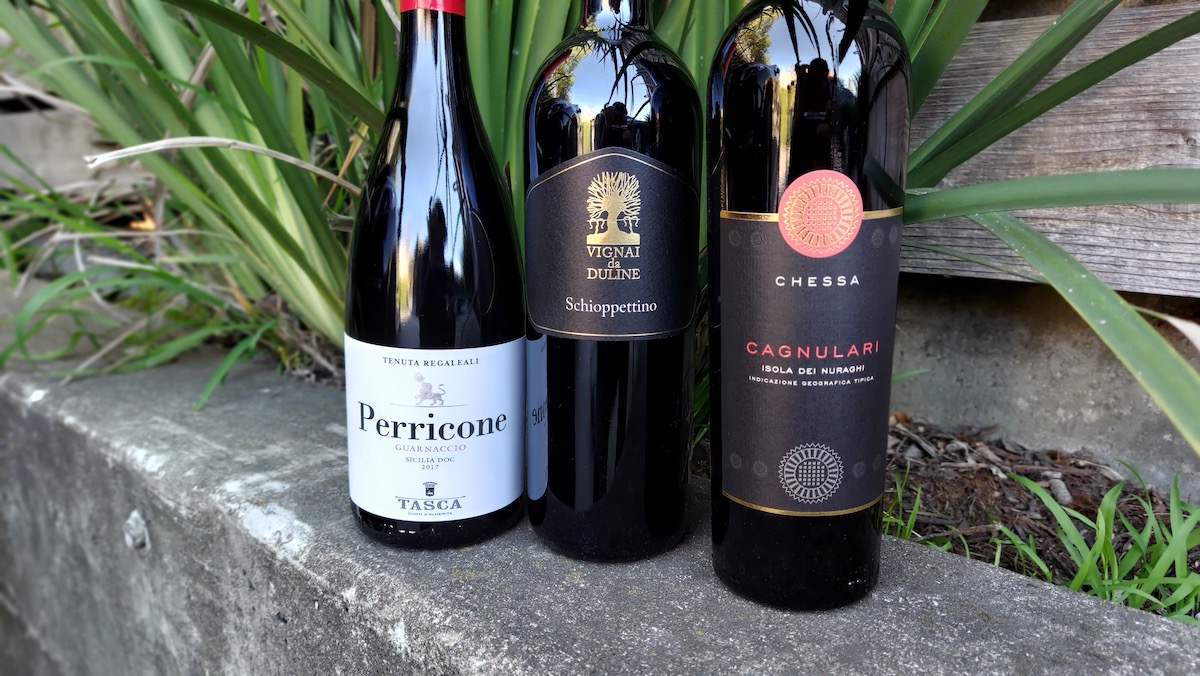Fragrant, robust, and hearty, Moroccan chicken stew offers a festival of flavors for the palate. Although there are endless variations to this tongue-tickling dish, most involve rubbing your chicken pieces with a combination of spices (turmeric, cumin, coriander, and paprika, for instance), then braising the chicken slowly in a broth with garlic and onions. Toss in some mixture of potatoes, pearled couscous, or rice, and you’re on your way to a one-pot feast.
Although your instinct might be to reach for a white wine, I find I prefer the accompaniment of a vibrant red to bring out the myriad flavors–specifically, a younger, lighter-bodied syrah from the Northern Rhone. Fresh and spicy, with a hint of earthiness, a supple syrah will stand up to the meal without overwhelming it.
Take the 2016 Christophe Pichon Saint-Joseph, for example. Made from grapes grown on granite soils, which helps to preserve acidity and brightness, this elegant, approachable syrah shows minimal oak influence and is relatively low in tannins and alcohol, making it an ideal match. If you want to go for something with a little more body, the 2018 Alain Graillot Crozes-Hermitage manages to be lifted and lively while offering a fuller, darker-fruited profile. For a special treat, bring home a bottle of the 2018 Pierre Gonon Les Iles Feray from one of the region’s most revered producers–savory, medium-bodied, and gorgeously scented.
If you’d rather stick to white, well, the Northern Rhone has you covered there, too. Rich and aromatic, the white wines of the region tend to meld appealingly into the flavors of Moroccan chicken (more than complementing them), and these whites are an especially good idea if your recipe calls for a prominent fruit component (raisins, dried apricots, or preserved lemons are common ingredients).
The 2016 Jean-Louis Chave Selection Saint-Joseph ‘Circa,’ made with 100 percent old-vine roussanne, offers orchard-fruit creaminess along with an intense floral streak. Mostly marsanne, with about 20 percent roussanne, the 2019 Alain Graillot Crozes-Hermitage Blanc is fermented in a combination of oak and steel, and it has more noticeable elements of citrus and herbs.
Of course, the wines of the Northern Rhone are just some of the options that will play nicely with your Moroccan chicken stew. (Did I hear someone say amontillado sherry?) Call or visit us at Paul Marcus Wines to discover a wide range of other choices to complete your repast.

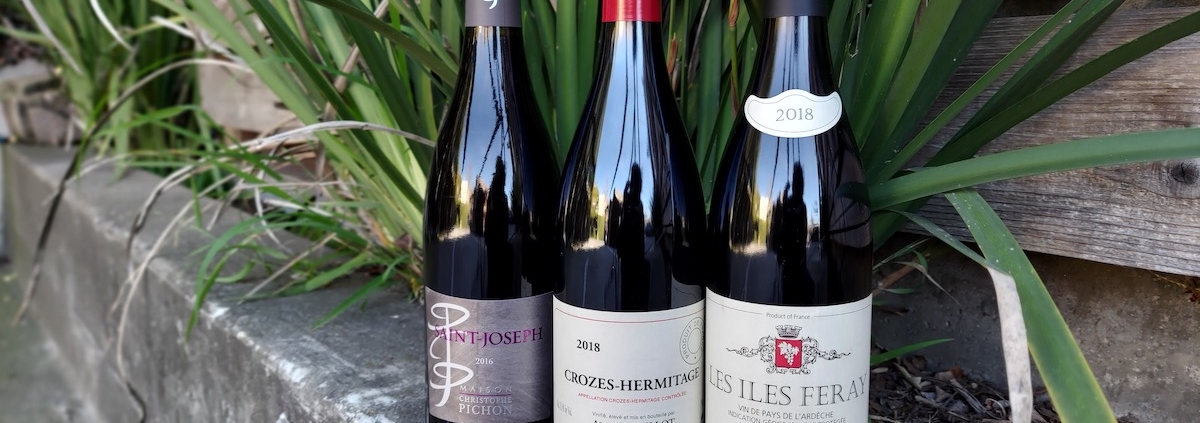
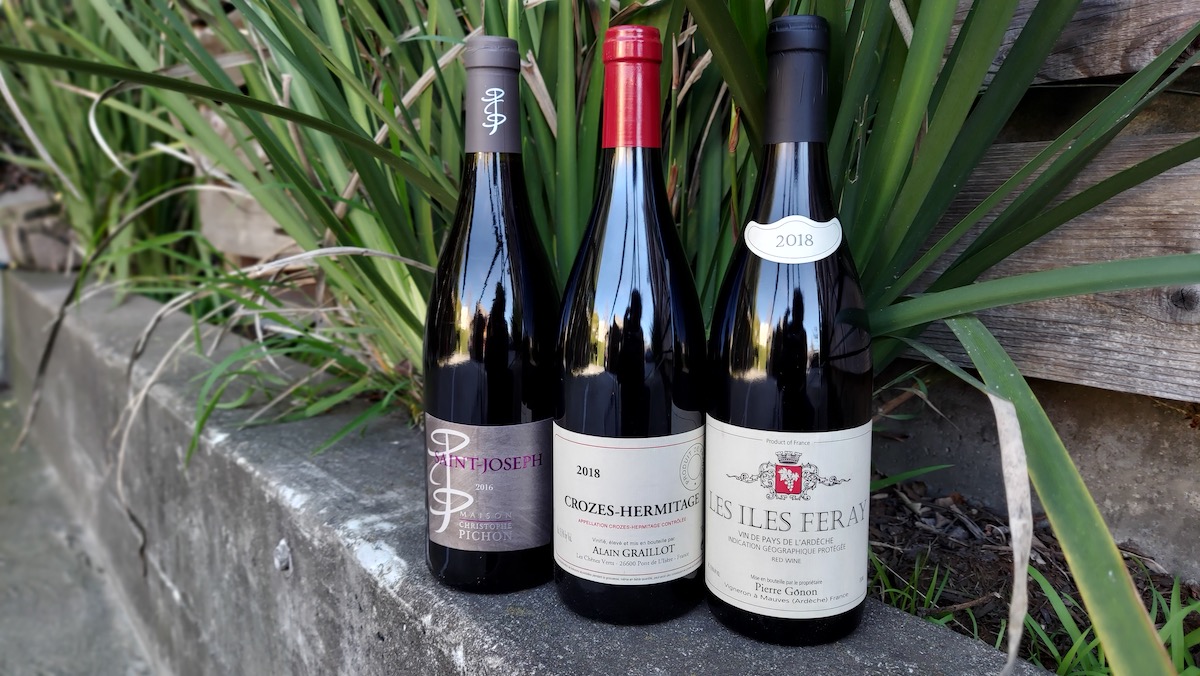
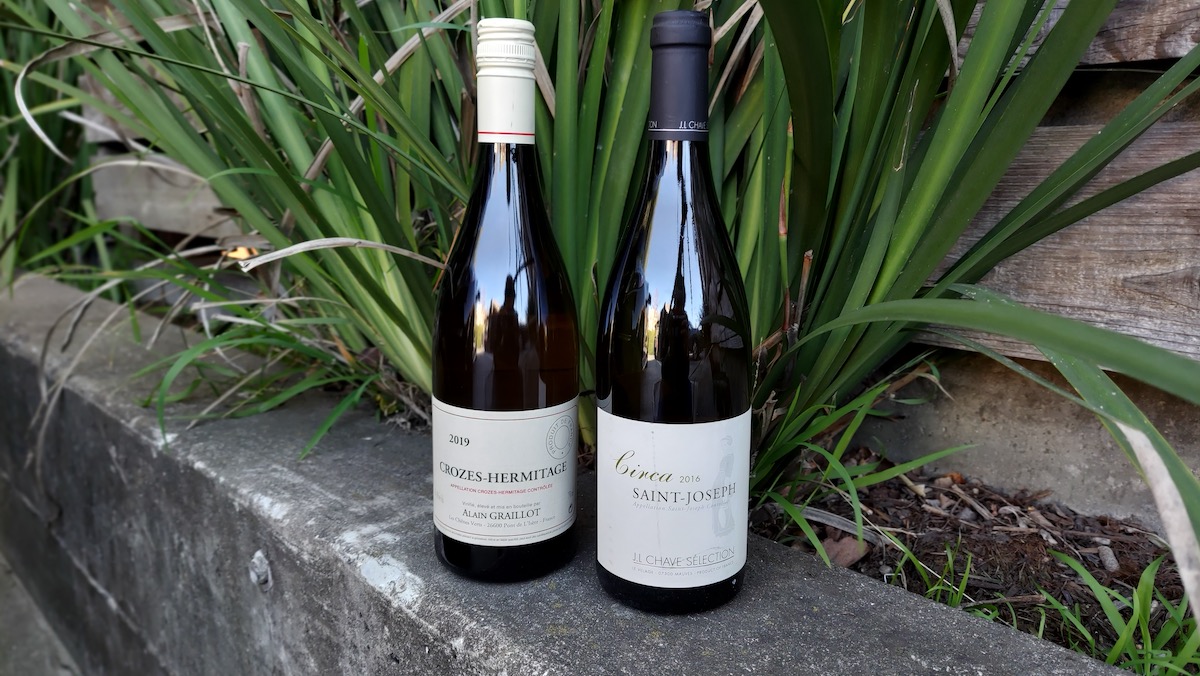
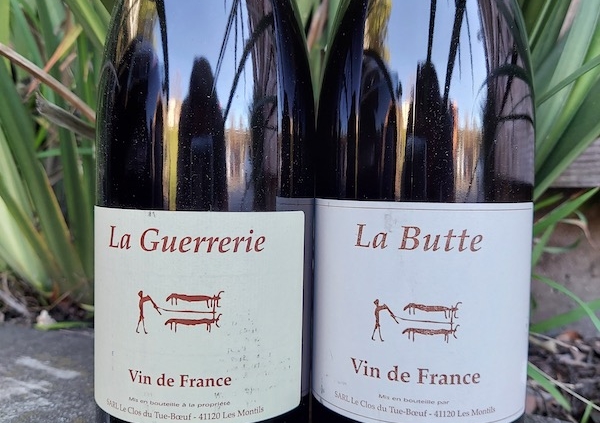
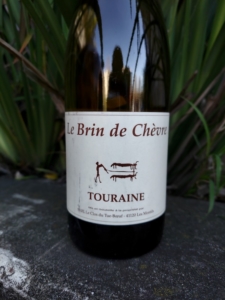
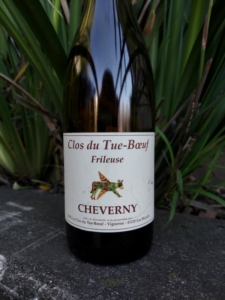
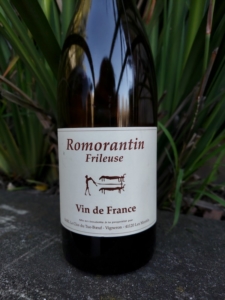
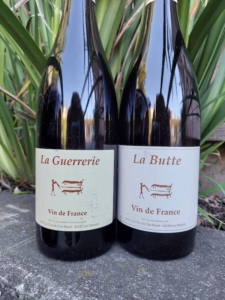 For a taste of this producer’s red wines, stop in to pick up either the
For a taste of this producer’s red wines, stop in to pick up either the 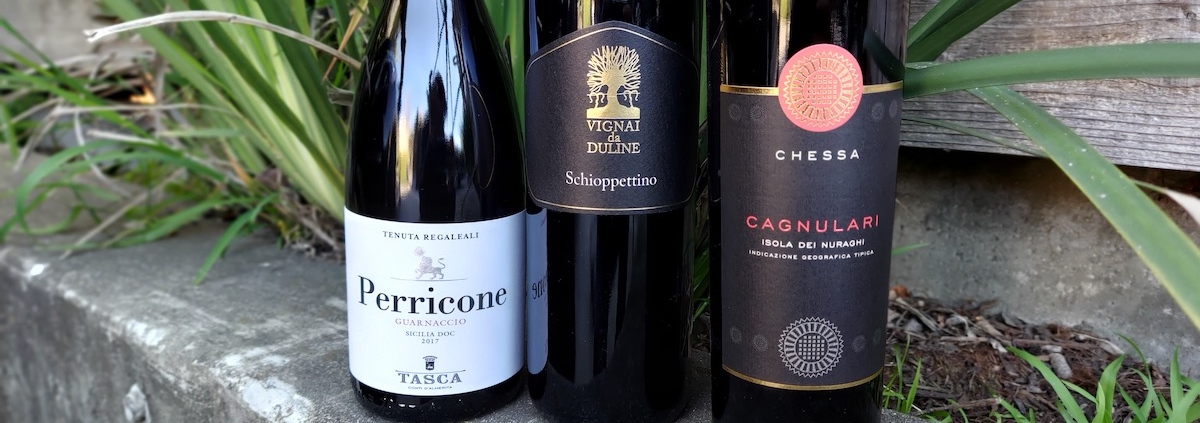
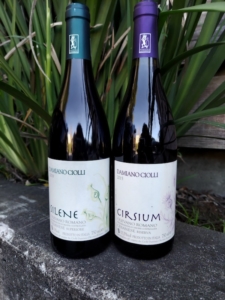 My absolute favorite examples of Cesanese d’Affile come from Damiano Ciolli and his partner, Letizia Rocchi. The Ciolli family vineyards sit in a natural amphitheater with a southerly exposure and include seven hectares of Cesanese d’Affile, with some of the vines being close to 70 years old. They craft two incredible bottlings, both from 100 percent Cesanese d’Affile: the younger-vine, concrete-aged
My absolute favorite examples of Cesanese d’Affile come from Damiano Ciolli and his partner, Letizia Rocchi. The Ciolli family vineyards sit in a natural amphitheater with a southerly exposure and include seven hectares of Cesanese d’Affile, with some of the vines being close to 70 years old. They craft two incredible bottlings, both from 100 percent Cesanese d’Affile: the younger-vine, concrete-aged 